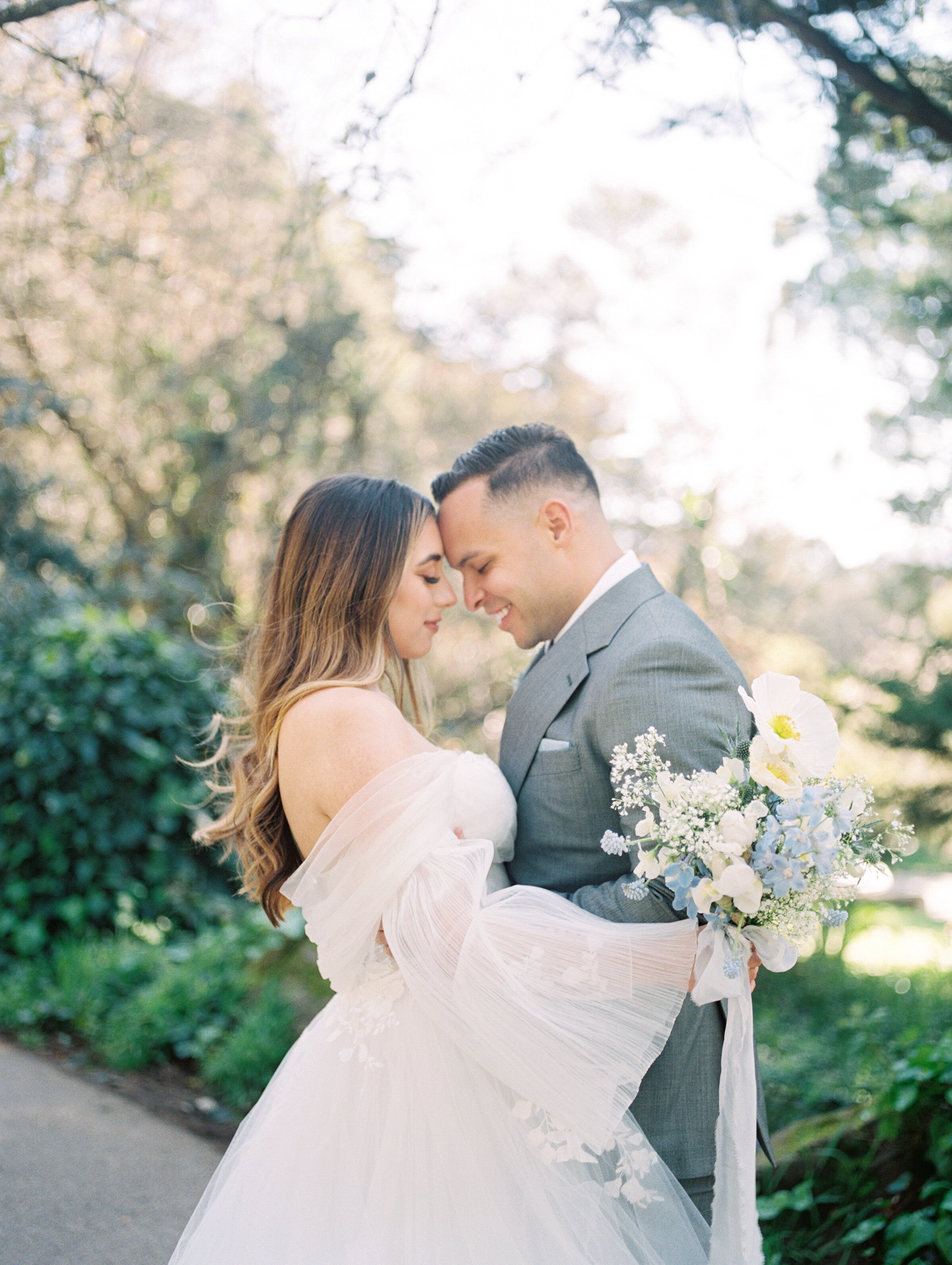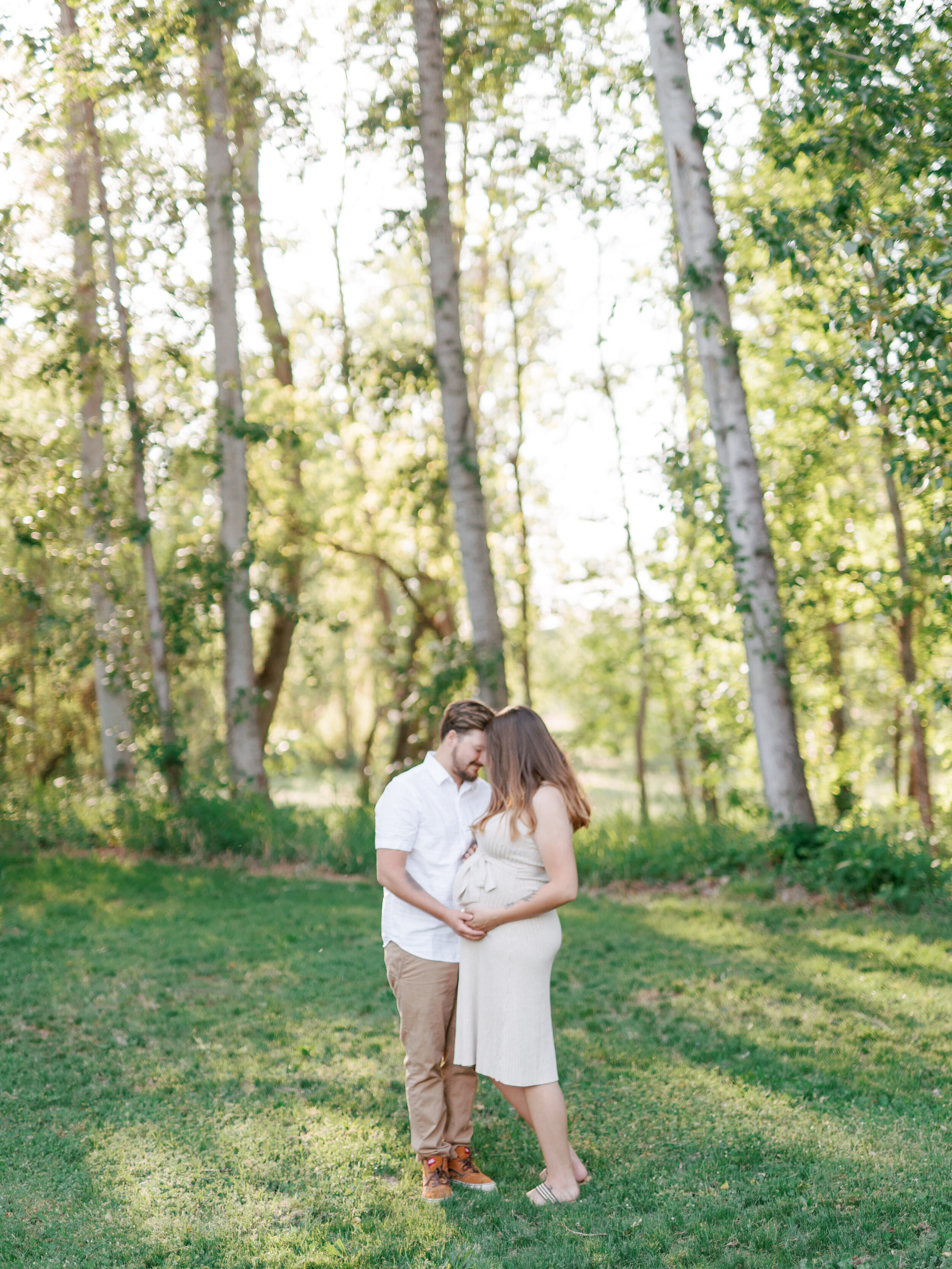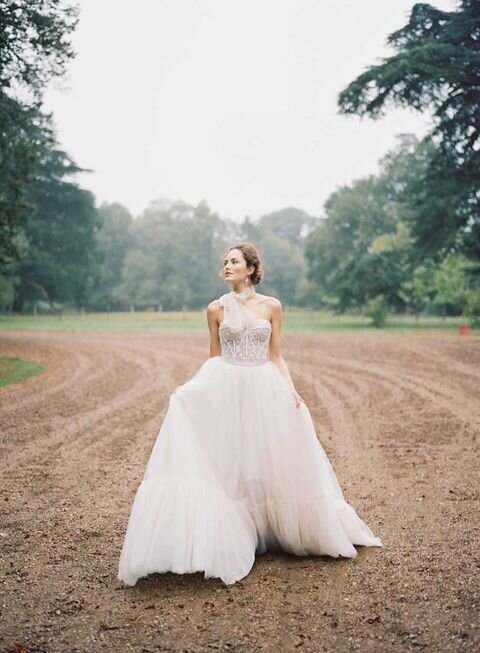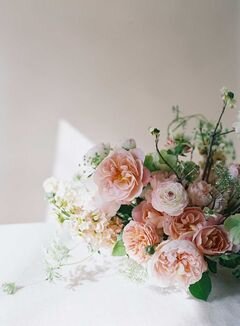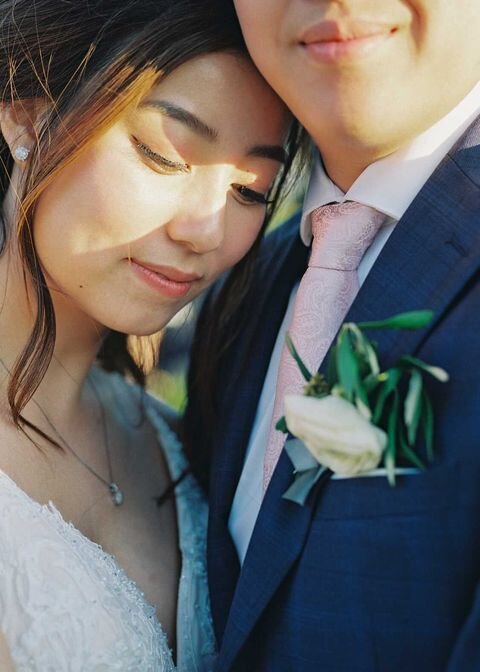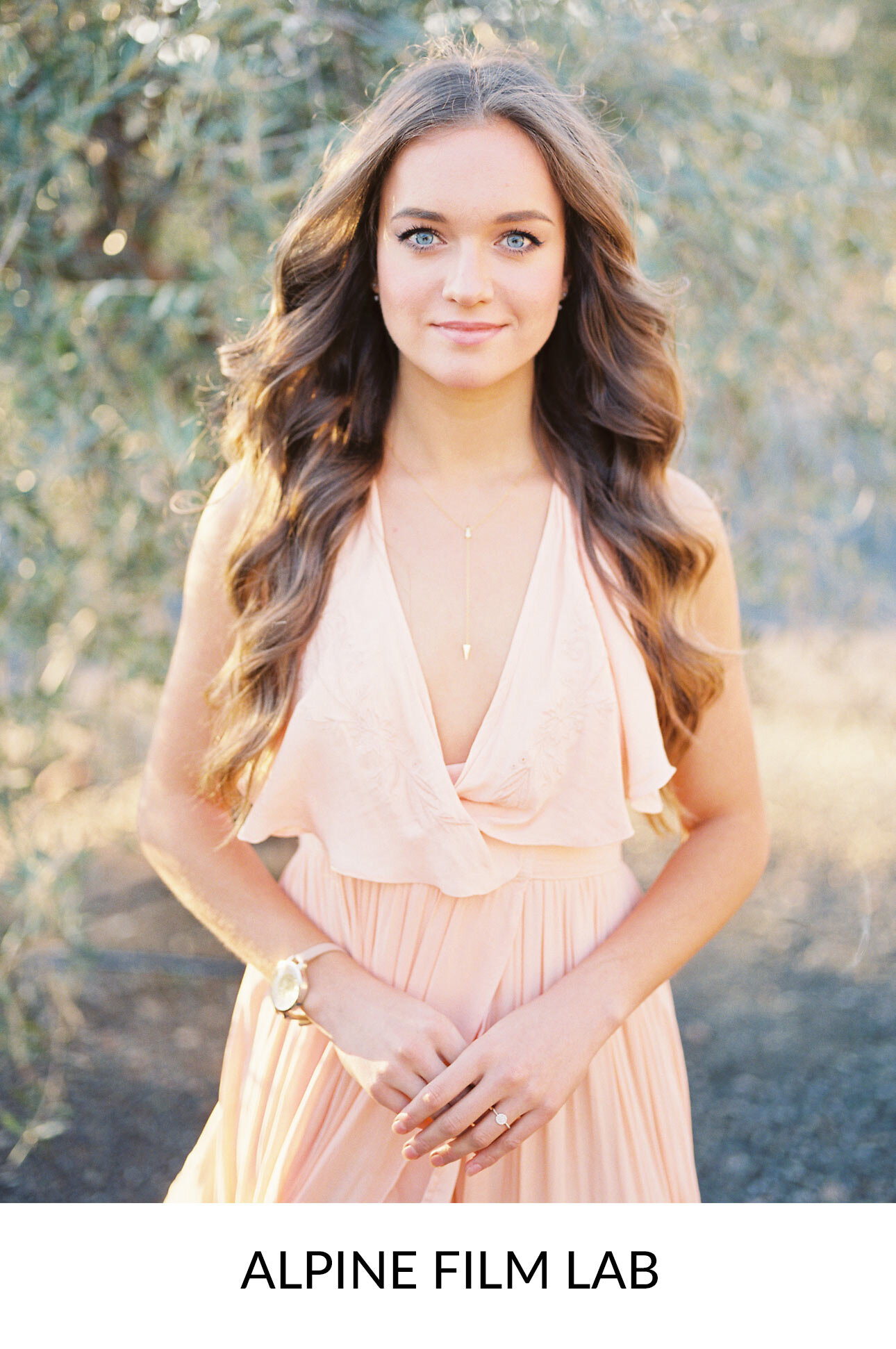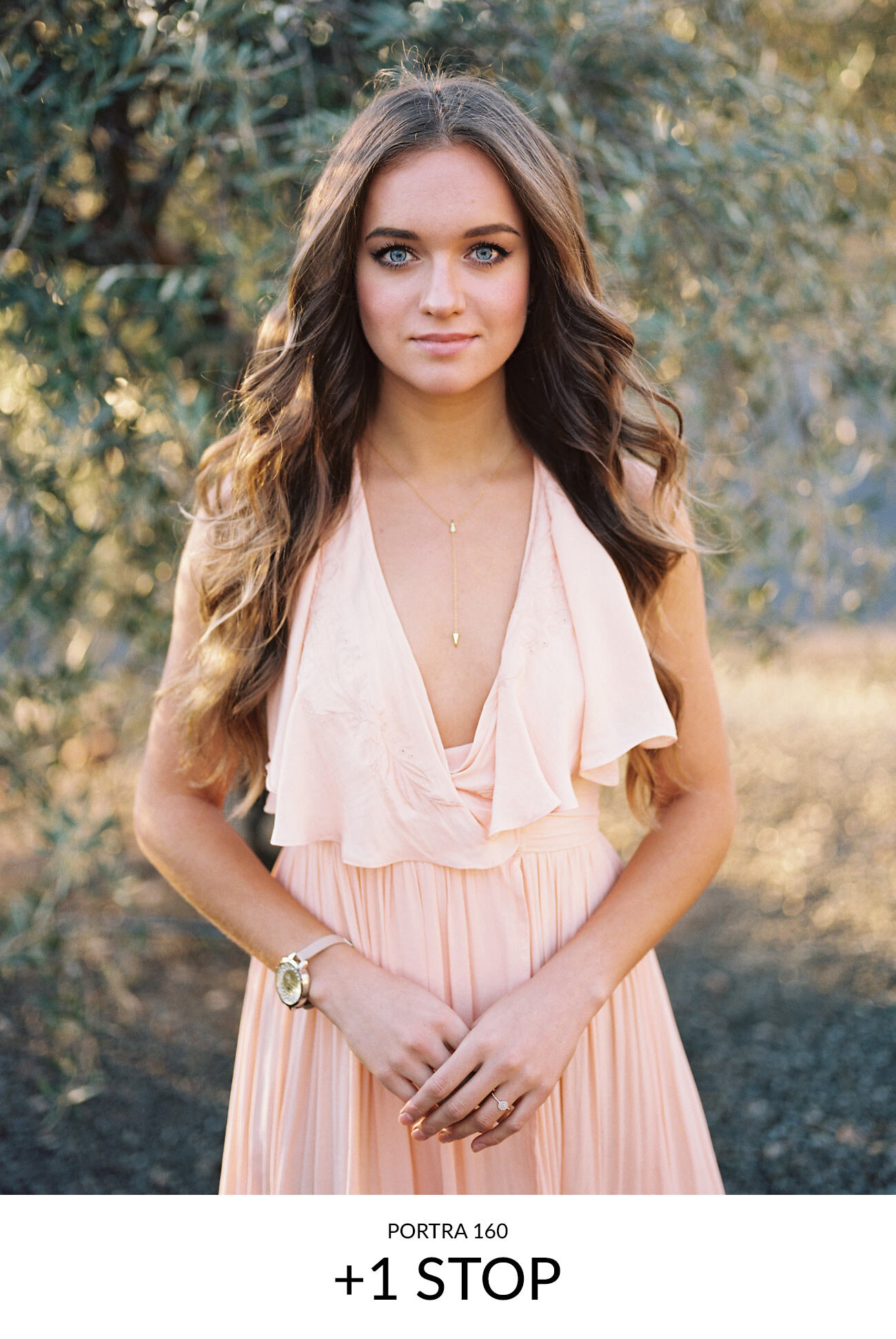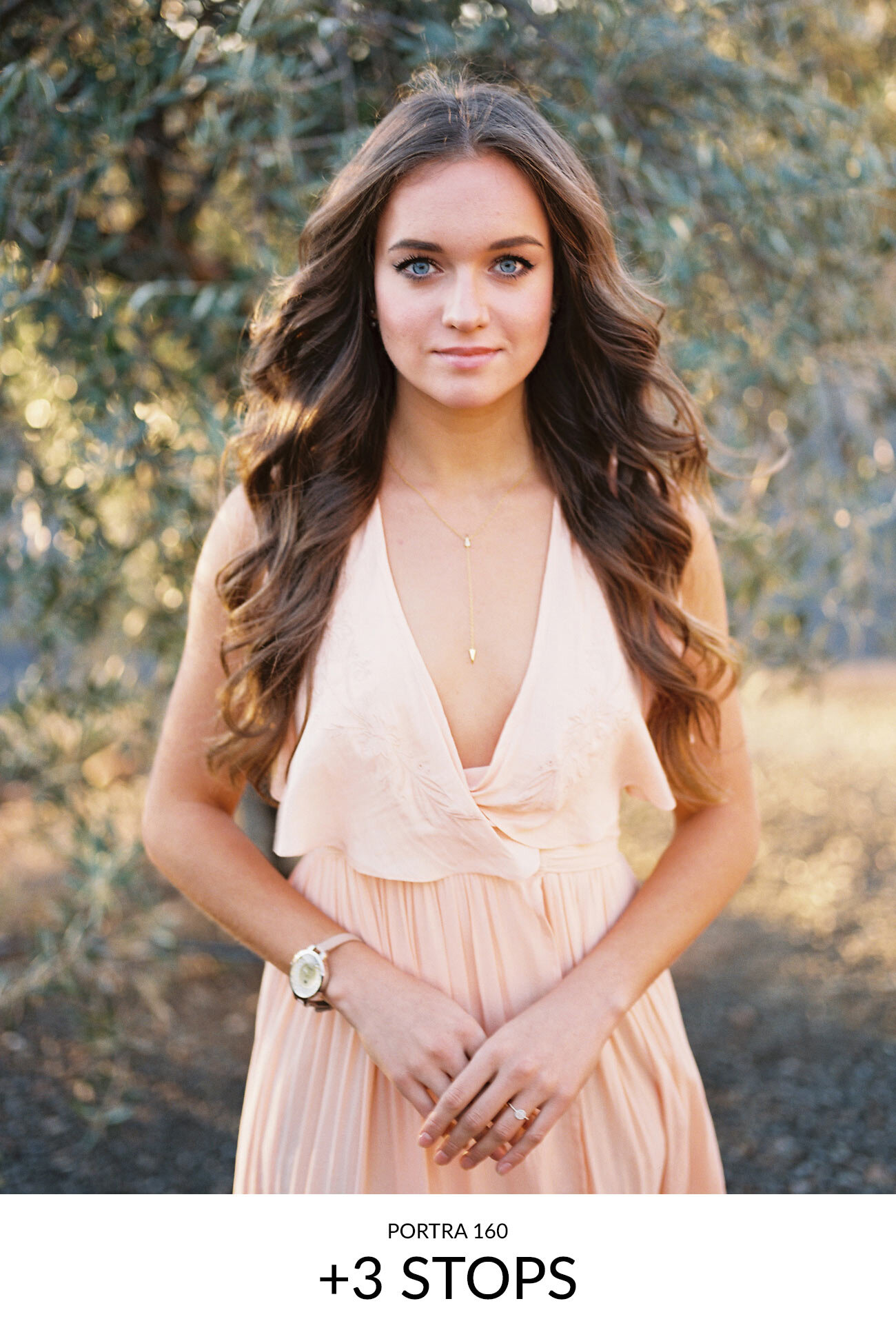If you love film like we do, you know the discontinuation of Fuji 400H was heartbreaking, but definitely not the end of the world for film shooters #filmforever. Switching to a new film stock might have a bit of a learning curve, but it's always exciting to learn and grow and try new things in your craft. Regardless of the film you shoot, remember that it has no effect on the talented photographer you are.
Simply view it as adding new colors to your paint palette.
Listed below are the top three Kodak stocks for portraits and their notable characteristics:
PORTRA 160
rate at 100 or 160
good for bright sun or at the beach
good skin tones
similar to Fuji with proper light
red cast if overexposed too much
good results pushed one stop
PORTRA 400
true 400 ISO means you can shoot with faster shutter speeds
typically rated at box speed, 320, or 200
wide dynamic range and exposure latitude makes it pretty forgiving, that said, overexposed too much you'll start to notice a yellow cast
fine grain
yellow base and warmer tones
good results pushed one or two stops
PORTRA 800
though it's 800 ISO it's actually light hungry, so rate at 400 or 200
has a bit more of a pink tint similar to Fuji's
saturated colors
good results pushed one or two stops
READY TO GO OUT AND SHOOT SOME PORTRA?
Put together a test shoot so you can learn how it handles light and feel more confident about the results you deliver. Make sure you conduct your test in your most used light and location settings. If you live in a cloudy, overcast climate, don't wait for a sunny day, as it's not your usual shooting environment. Try rating at different speeds and take notes on which frames are which.
Communicate with your lab (low contrast, cooler tones, etc). If you had to tweak your scans, share the examples with them so they can add it to your preferences.
You may want to experiment between Noristu and Frontier, but for the most part, you'll still probably prefer your go-to scanner.
Keep in mind that any film stock has the ability to look the way you want it after finding and nailing your own formula of rating, metering, and lab preferences. Embrace trying something new and you'll be blowing yourself away with your results!
See Portra examples and be inspired by some of our talented friends:


